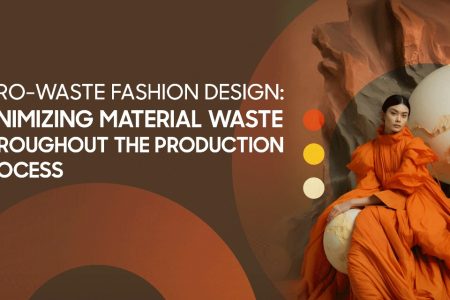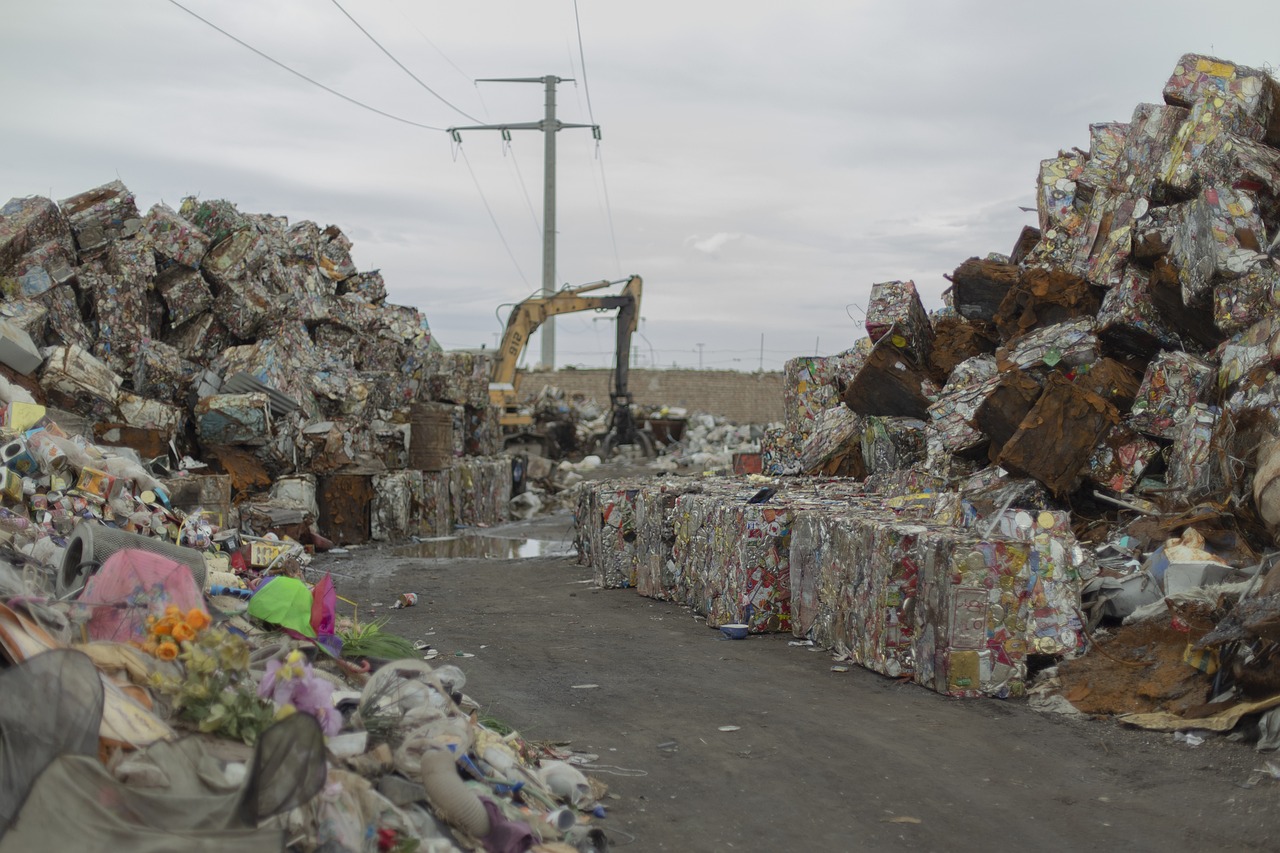In recent years, the fashion industry has faced increasing scrutiny for its environmental impact. One major issue is the large amount of material waste produced during production. Fortunately, zero-waste fashion design has emerged as a solution to this problem. This approach promotes sustainability and efficiency by eliminating waste. This blog explores the basics of zero-waste fashion design, its benefits, and practical applications for designers.
Understanding Zero-Waste Fashion Design
Firstly, zero-waste fashion design eliminates fabric waste. Consequently, it reduces the amount of material discarded. Additionally, this approach promotes sustainability and efficiency. Therefore, designers can create innovative garments while minimizing environmental impact.
Key Principles of Zero-Waste Fashion Design
- Innovative Pattern Making: For instance, designers use creative pattern-making techniques to ensure that fabric pieces fit together like a puzzle, leaving no waste. This approach often requires rethinking traditional garment shapes and construction methods.
- Draping and Cutting Techniques: Additionally, using draping methods directly on the mannequin or body form helps designers visualize the final garment and adjust the fabric accordingly to avoid waste.
- Modular Design: Moreover, creating garments with interchangeable parts can allow for more efficient use of fabric and greater versatility in the final product.
- Digital Tools: Furthermore, utilizing CAD (Computer-Aided Design) software helps designers plan and visualize how to maximize fabric use digitally before cutting the actual material.
Benefits of Zero-Waste Fashion Design
- Environmental Impact: Notably, reducing fabric waste directly decreases the amount of textile waste ending up in landfills. As a result, this contributes to lower carbon emissions and a smaller ecological footprint for the fashion industry.
- Cost Efficiency: By using every piece of fabric, designers can, therefore, reduce material costs, leading to potential savings for manufacturers and consumers.
- Innovative Designs: Consequently, the challenge of zero-waste design often leads to unique and creative garment constructions that stand out in the market.
- Customer Appeal: As environmental issues gain more attention, consumers are increasingly drawn to brands that exhibit sustainability. Hence, zero-waste fashion can enhance brand reputation and attract eco-conscious customers.
Implementing Zero-Waste Techniques in Fashion Design
- Design Process: To start with, designers should research and educate themselves on zero-waste principles. Additionally, collaborating with others and prototyping various patterns can help refine techniques.
- Production Process: In terms of production, choosing fabrics suited for zero-waste patterns, implementing precise cutting techniques, and considering upcycling or recycling fabric scraps can all contribute to minimizing waste.
Case Studies and Examples
Zero Waste Daniel: This New York-based brand creates garments entirely from pre-consumer waste sourced from New York City’s garment industry. The designer, Daniel Silverstein, uses innovative techniques to piece together fabric scraps into unique, stylish clothing.
Timo Rissanen: An early advocate for zero-waste fashion, Timo Rissanen’s work emphasizes the importance of thoughtful design and pattern-making. His designs often challenge traditional fashion norms, showcasing the possibilities of zero-waste techniques.
Eileen Fisher’s Renew Program: Eileen Fisher’s initiative takes back old garments from customers, recycling and upcycling them into new products. By using this method, waste is reduced, and the materials’ lifespan is increased.
The Future of Zero-Waste Fashion Design
As the fashion industry evolves, zero-waste design is expected to play a significant role. With growing consumer demand for sustainability, technological advancements, and an inventive designer community, a more sustainable future for fashion is within reach.
Conclusion
Zero-waste fashion design is a crucial shift towards sustainability in the fashion industry. By minimizing material waste through innovative techniques, designers can create beautiful, functional garments while reducing environmental impact. The rising eco-consciousness among consumers will further drive demand for sustainable fashion practices.
Exciting Announcement: International Conference on Sustainable Creative Art
In a significant step towards fostering sustainability in the creative arts, IEREK and The Istituto Marangoni in Dubai are proud to announce the inaugural international conference on “Sustainable Creative Art: Inspiration from Nature” (SCIN). Scheduled to take place in Dubai from the 22nd to the 24th of April 2025, SCIN promises to be a landmark event in the realm of sustainable fashion and design.
The opening ceremony will be held at the iconic Museum of the Future (MOTF), setting the stage for a conference that will explore innovative and sustainable practices across the creative industries. The sessions will continue at Istituto Marangoni’s Dubai Campus, a renowned institution that has played a pivotal role in shaping the artistic landscape and nurturing the talents of numerous celebrated artists.
The SCIN conference will discuss critical topics, including zero-waste fashion design, offering a platform for designers, educators, and industry leaders to discuss and promote sustainable practices Those who are enthusiastic about fashion sustainability have an excellent chance to learn, network, and work together on revolutionary ideas that will influence the direction of the industry.


